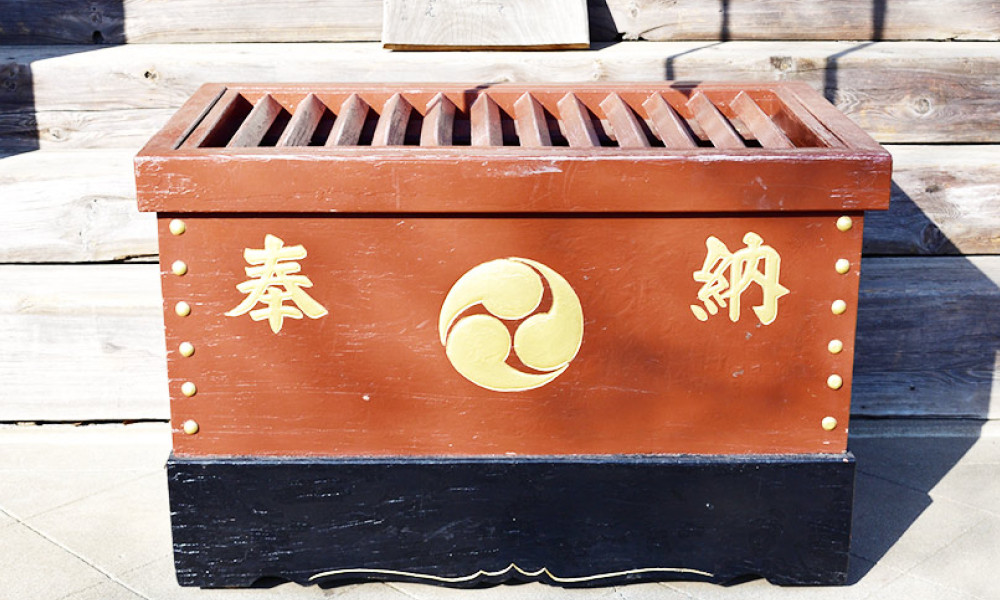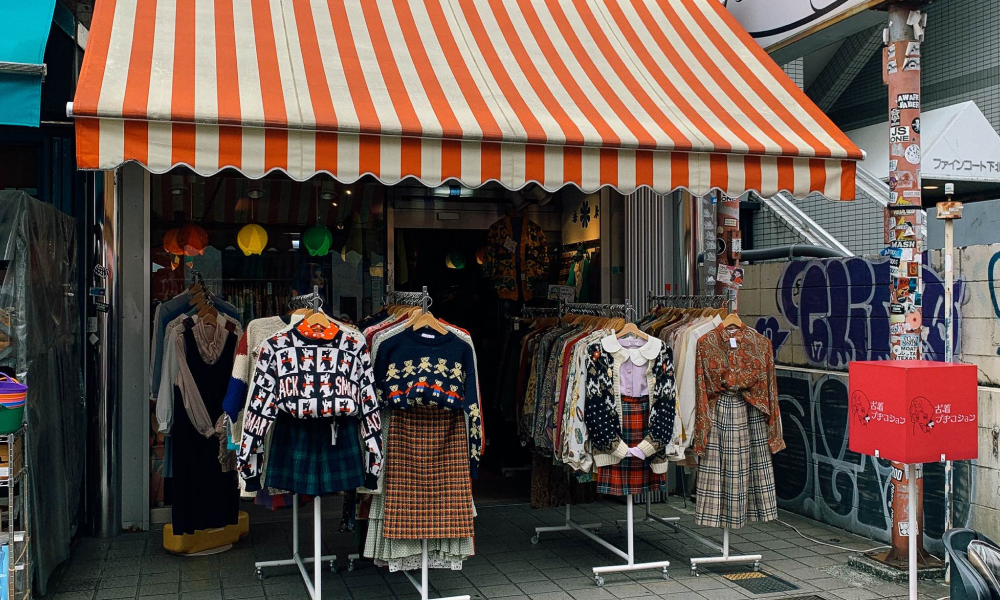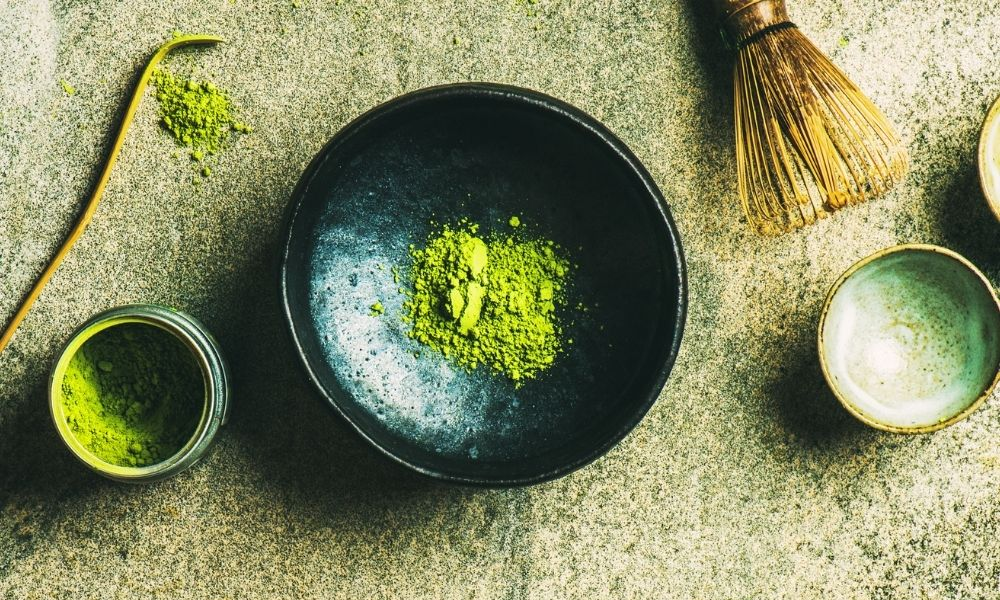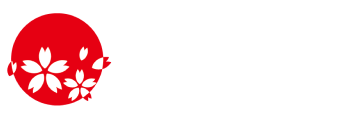When visiting a Shinto shrine in Japan, one of the first things you’ll likely notice is the offering box, or saisenbako. Worshippers quietly place their monetary offerings inside, conveying their gratitude and prayers to the deities.
This seemingly simple act and the box itself hold a long history and profound meaning. In this article, we will delve into the origins and evolution of the saisenbako, as well as the heartfelt intentions of the people who use it.
When Did It Appear? The History of the Offering Box
The saisenbako we see at shrines today has a more recent history than many expect. In ancient Japan, people offered rice, seafood, and mountain goods to the gods, not money. People offered rice, a sacred gift from Amaterasu Omikami, in gratitude for harvests and prayers for abundance.
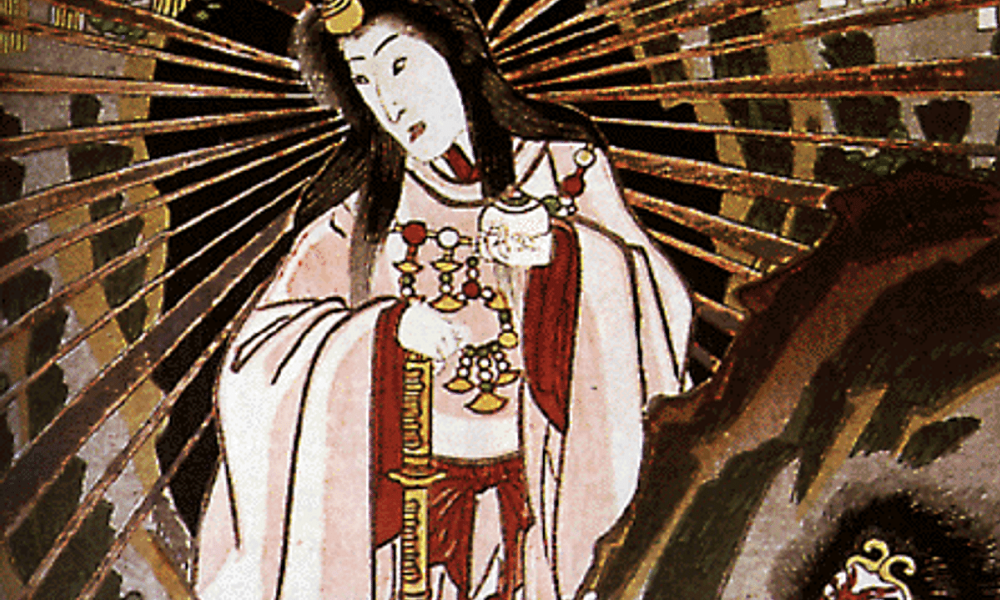
One of the earliest offerings was ohineri, rice wrapped in white paper. Even today, people wrap large donations in white envelopes as goshoshoryo, a practice that traces back to ohineri. As Japan’s economy developed, people naturally shifted from offering rice to offering money, since currency became central to daily life.
During the Muromachi period, pilgrimages to Ise Grand Shrine and other sacred sites flourished, and the custom of monetary offerings (saisen) became widespread. As shrine visits grew more common and money offerings became routine, shrines needed a designated container for these gifts.
According to the monk Kaien’s diary, Tsurugaoka Hachimangu Shrine in Kamakura installed Japan’s earliest recorded offering box, the sansenbitsu (scattered money box) around 1540. This box caught coins thrown by worshippers. Over time, shrines across the country adopted this style, making offering boxes a familiar sight. By the early modern period (Kinsei era), dedicated saisenbako had become standard, serving the practical purpose of managing the increasing amounts of collected money.
Gratitude, Prayer, and Purification? The Meaning Behind the Offering & How to Offer at a Shrine
Placing money in a shrine’s offering box holds deeper meaning beyond a simple donation. At its core, it expresses gratitude (kansha) to the deities for daily blessings. Just as people once offered harvests, today they show appreciation to the gods through monetary offerings. Although the form has changed, the feeling of gratitude towards the divine remains the same.
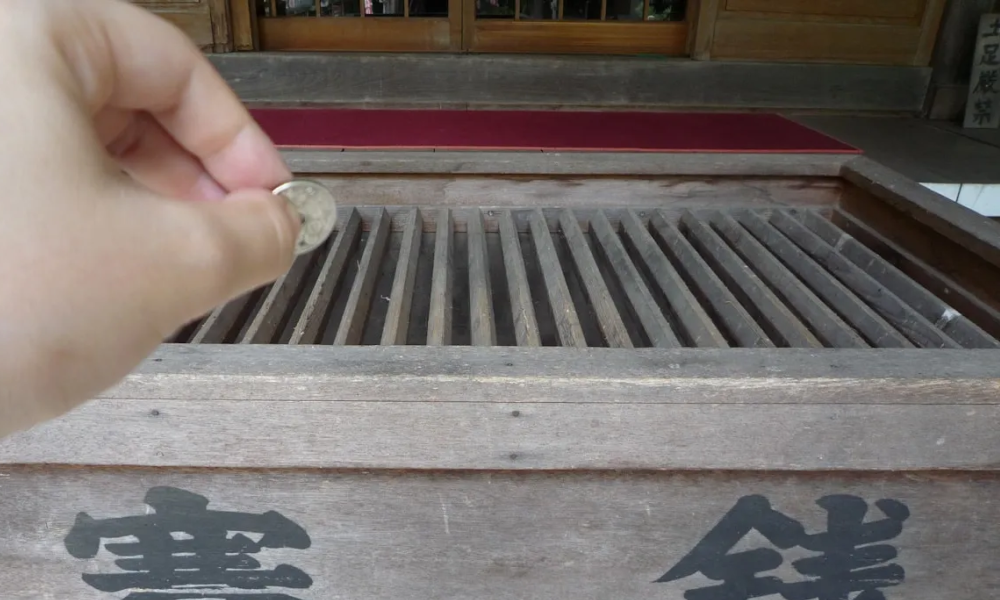
Furthermore, offering money also signifies a prayer for future happiness and the fulfillment of wishes (negaigoto). By placing an offering, worshippers aim to deepen their connection with the gods and convey their desires. People offer a small amount of money with the hope of receiving greater blessings and the realization of their aspirations.
Additionally, according to ancient beliefs, offering money was also thought to transfer impurities (kegare) from oneself and purify them. At Zeniarai Benten Shrine in Kamakura, people still wash money to purify it and expel impurities. Though less known today, people once offered money to entrust their impurities to the gods for cleansing.
Where Does the Money Go? The Destination of Offerings
The money collected from the offering box is a vital source of funding that supports the operation and activities of the Shinto shrine. Especially for historical shrines, significant expenses are incurred for the maintenance and repair of the buildings. The wooden shrine structures require regular upkeep, and their restoration demands specialized skills and considerable costs. The offerings play a crucial role in preserving these cultural assets and passing them down to future generations.
Shrines use offering money not only for maintenance but also to pay the salaries of priests (shinshoku), shrine maidens (miko), and security staff. They fund cleaning and managing the grounds, covering utility costs like electricity and water, and supporting festivals, events, and the production of amulets (omamori) and talismans (ofuda).
As spiritual pillars and cultural hubs, shrines rely on offerings to sustain these many roles. Worshippers’ voluntary donations make these activities possible, and because of their religious nature, offerings generally remain exempt from taxation.
Does the Box Have Personality? The Design of the Offering Box
The offering box found at shrines is typically made of wood and features a grated lid on top for inserting offerings. This design is intended to make it easy to drop in coins while preventing them from being easily retrieved. In recent years, more boxes are equipped with locks to prevent theft, which has become an increasing concern. It is a simple yet functional design.
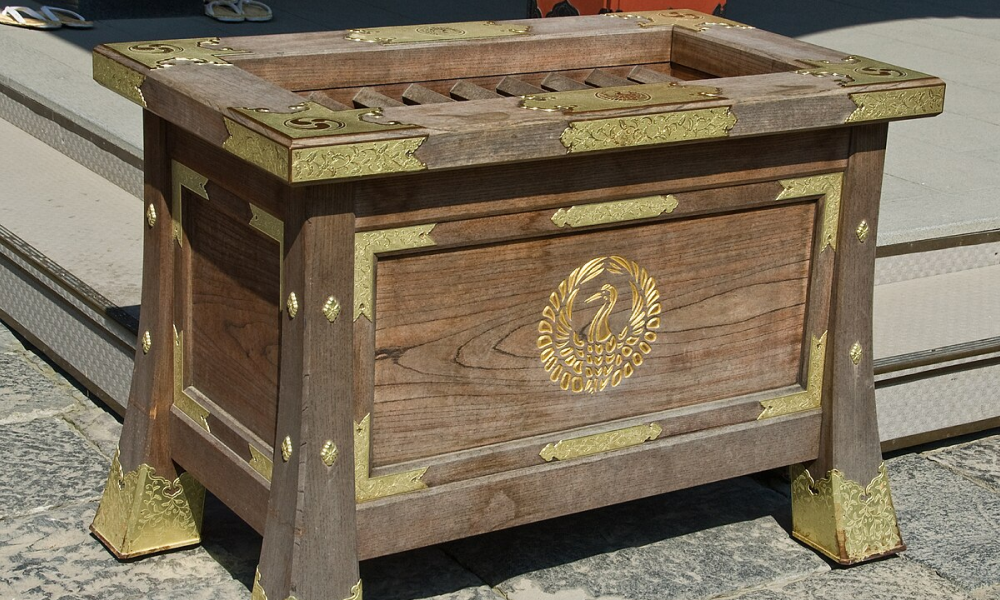
Looking back at history, the earliest offering boxes were called sansenbitsu, suggesting a simpler container for scattered coins. While there might have been minor differences in materials and ornamentation depending on the era and region, the basic form has remained largely consistent.
However, with the increasing prevalence of cashless payments in modern society, some shrines have introduced more contemporary offering boxes that accept electronic money and QR code payments. This reflects the shrine’s efforts to adapt to changing times while preserving tradition.
Etiquette to Keep in Mind When Making an Offering
When making an offering at a shrine, follow a few basic manners. Approach the offering box quietly and respectfully, then offer a slight bow (eshaku) before placing your offering. Gently place the money into the box instead of throwing it. There is no strict rule about the amount; sincerity and gratitude matter most.
Many people offer a 5 yen coin because the Japanese word for five yen (go-en) sounds like the word for “good connection” or “good luck” (go-en). This is simply wordplay, not a requirement. Some choose amounts like 25 yen (niju ni go-en, “double good luck”) or 50 yen (goju no en, “multiple good connections”) for similar reasons. Others avoid 10 yen coins, since “ten” (to) can sound like “far” (too), implying distance. For larger offerings (typically over 1000 yen), it is more formal to use crisp, new bills placed in a white envelope with goshoshoryo written on the front.

After placing your offering, ring the bell, if present, to announce yourself to the deity. Then perform the traditional “two bows, two claps, and one bow” (nihai ni hakushu ippai) ritual. Express gratitude for past blessings before making new wishes or requests.
Customs such as whether to offer money before or after ringing the bell can vary depending on the shrine or region. When in doubt, watch others or follow posted instructions.
| Amount (Yen) | Meaning/Wordplay |
|---|---|
| 5 | ご縁 (go-en) – Good connection, good luck |
| 11, 21, 31 | 縁が切れない (en ga kirenai) – Ties won’t break, lasting luck |
| 25 | 二重にご縁 (niju ni go-en) – Double good luck |
| 50 | 五重の縁 (goju no en) – Multiple good connections |
| 125 | 十二分にご縁 (junibun ni go-en) – Fully good luck |
Remember This When You Encounter the Offering Box
The offering box that stands serenely at Japanese shrines is more than just a receptacle for coins; it is a tangible representation of the history, faith, and gratitude of the people. Its origins can be traced back to the offerings of an agrarian society wishing for bountiful harvests, and it has evolved over time to its present form.
The act of placing an offering carries various meanings, including gratitude, prayer, and even purification, and the collected money plays an indispensable role in maintaining and operating the shrines.
The next time you visit a shrine, take a moment to appreciate the history and the heartfelt intentions embodied in the saisenbako, and offer your prayers with sincerity.



